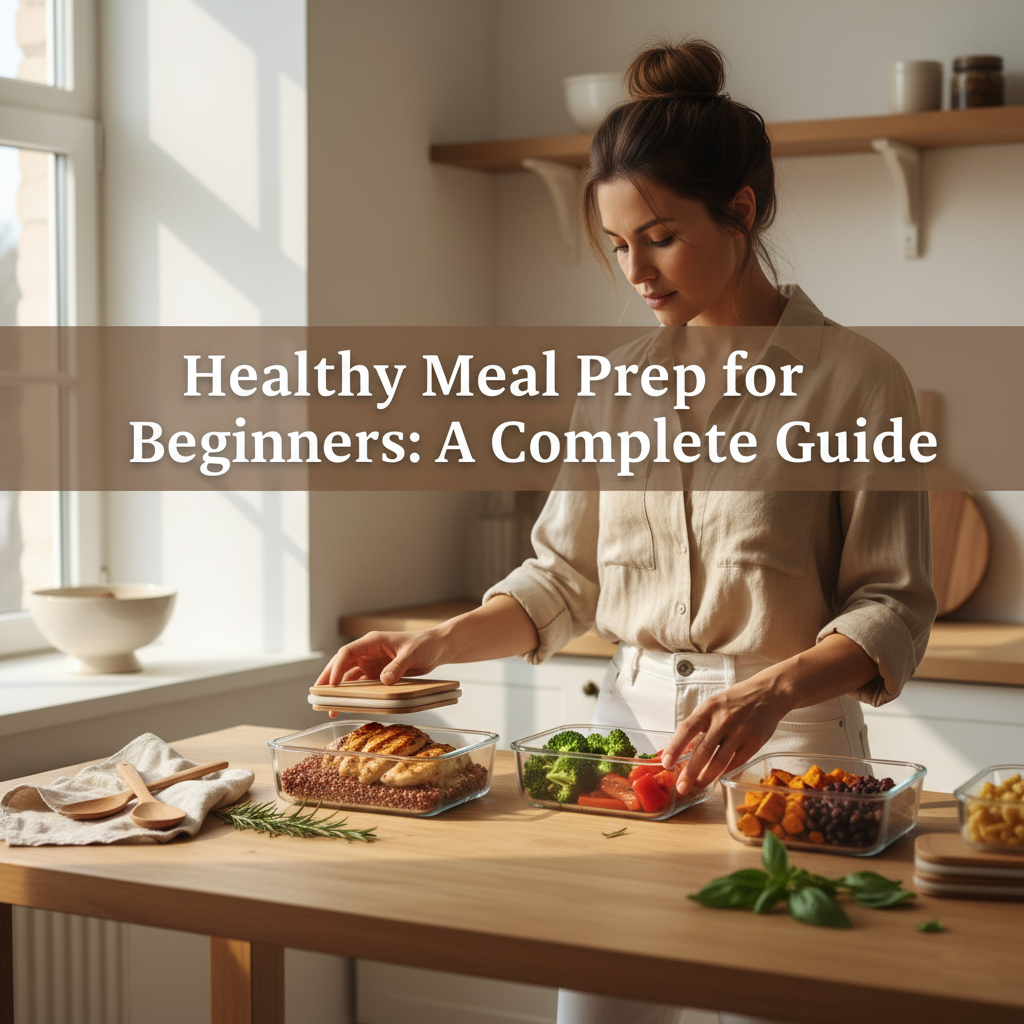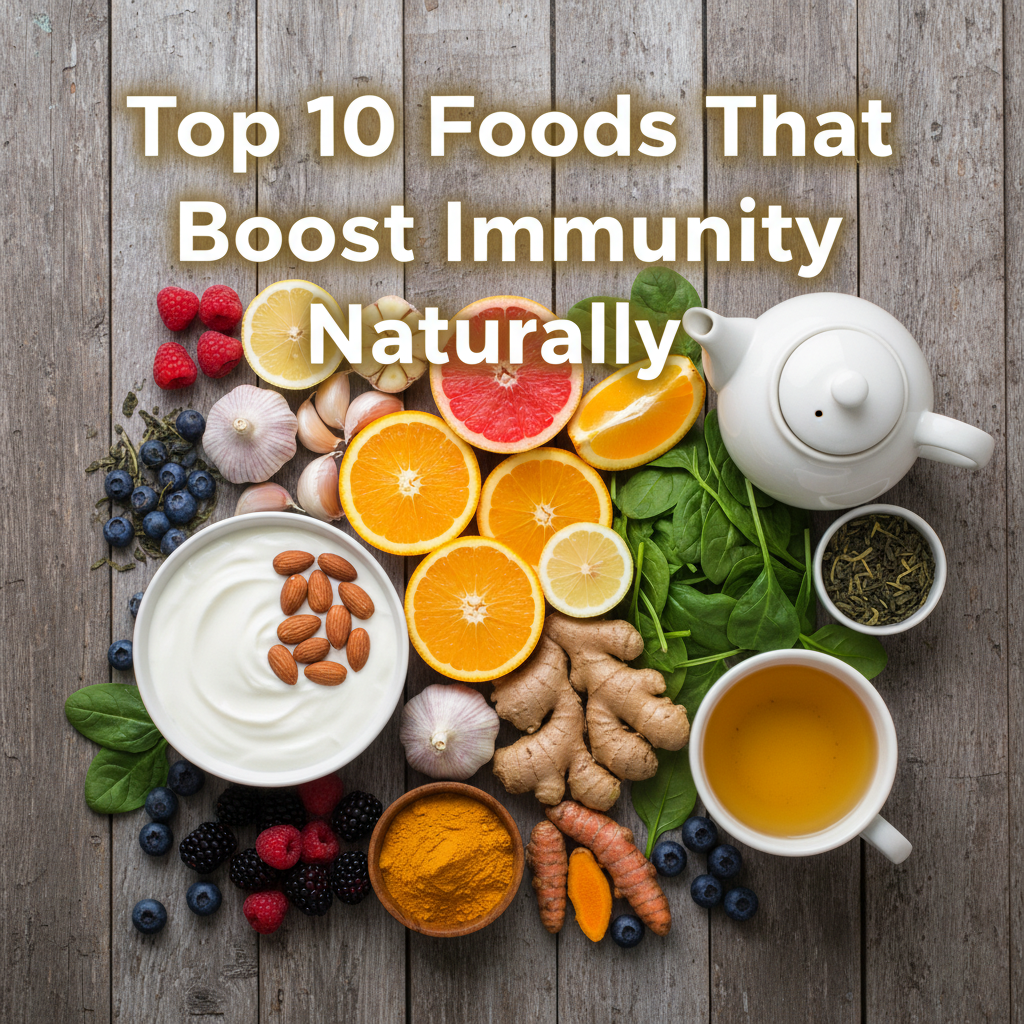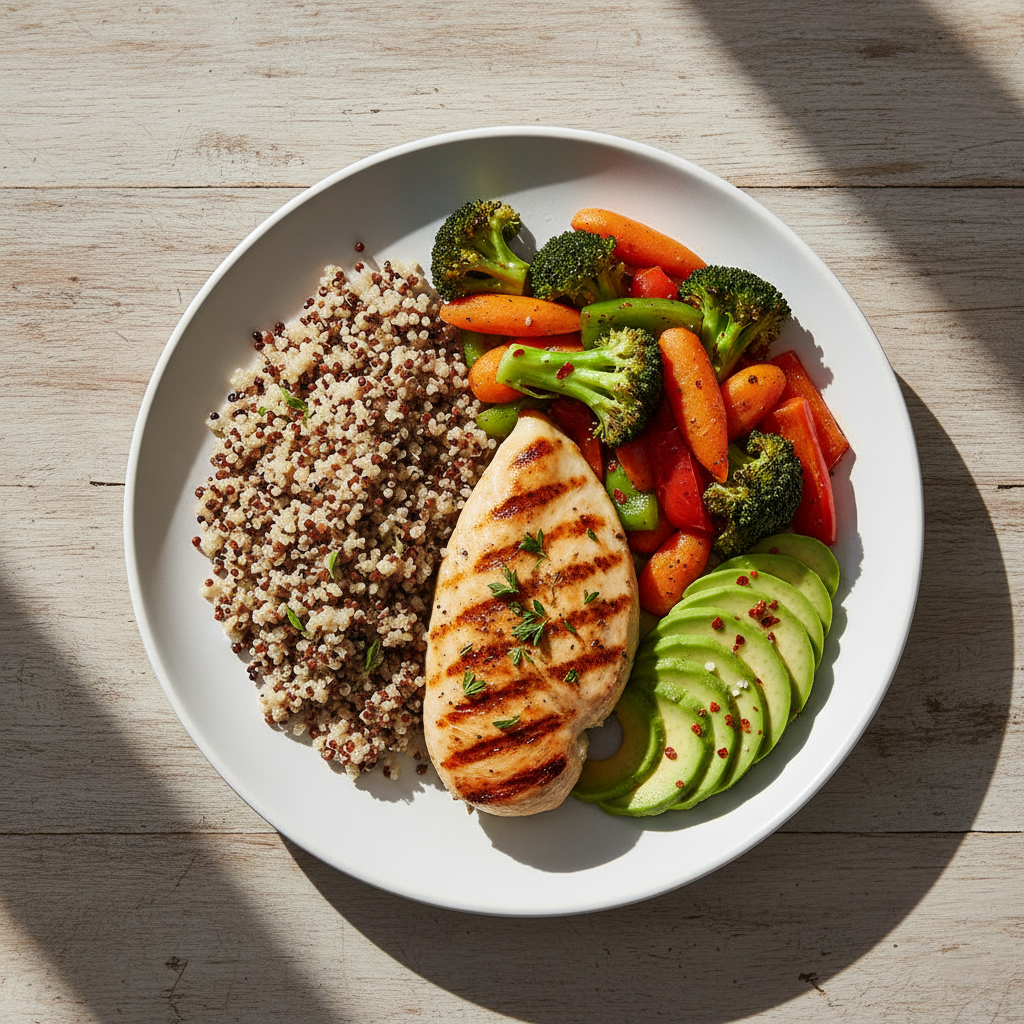We’ve all been there — coming home after a long day, too tired to cook, and reaching for takeout. The problem? Takeout isn’t always the healthiest choice, and it can drain your wallet fast. That’s where meal prep comes in.
Meal prepping not only saves you time and money but also makes sticking to your health goals so much easier. This beginner-friendly guide will walk you through what meal prep is, why it’s worth it, and exactly how to get started — including a sample 5-day meal prep schedule you can follow right away.
🔹 What is Meal Prep?
Meal prep is simply preparing your meals (or ingredients) ahead of time so you always have something healthy ready to go.
It can be as quick as washing and chopping veggies for the week, or as thorough as cooking full meals and storing them in containers. The idea is simple: future you will thank present you for doing the work in advance.
🔹 Why Bother with Healthy Meal Prep?
Here’s why it’s such a game-changer:
✅ Saves Time – No need to cook from scratch every night.
✅ Saves Money – Fewer takeout orders and less wasted groceries.
✅ Helps with Weight Loss – Pre-portioned meals stop you from overeating.
✅ Builds Healthy Habits – You’re more likely to eat well when healthy food is ready and waiting.
👉 Meal prep works especially well if you’re busy, trying to lose weight, or working toward fitness goals.
🔹 Step 1: Choose Your Meal Prep Style
Not all meal prep looks the same. Pick a style that fits your lifestyle:
- Batch Cooking: Make a big pot of something (like soup or curry) and portion it out.
- Make-Ahead Meals: Cook entire meals (like chicken and veggies) that can be reheated later.
- Ingredient Prep: Chop, marinate, or cook ingredients separately to mix and match.
- Grab-and-Go Snacks: Pre-pack things like fruit, nuts, or yogurt so they’re easy to grab.
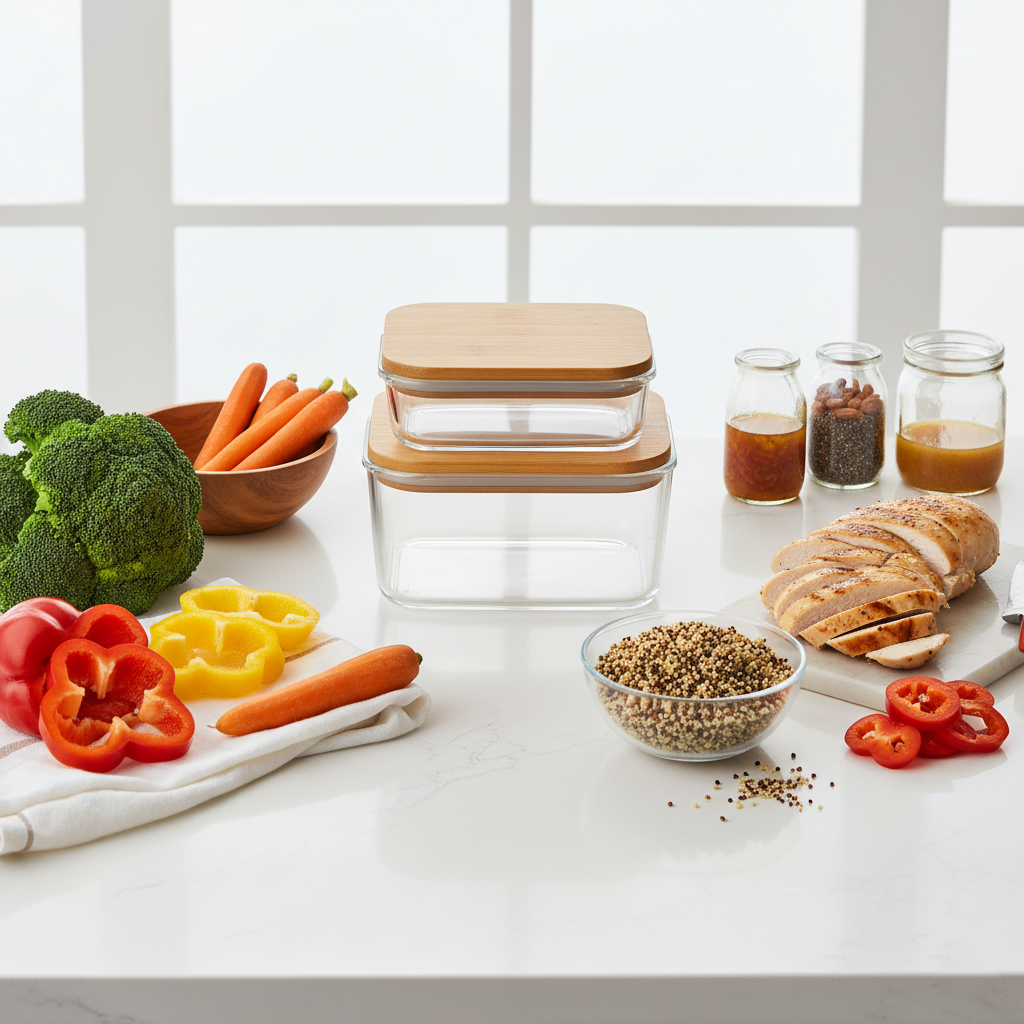
🔹 Step 2: Plan Your Meals
Planning is the foundation of successful meal prep.
- Decide how many days you’ll prep for (3–5 is common).
- Choose simple, healthy recipes that store well.
- Aim for balance in every meal:
🍗 Lean protein – chicken, fish, tofu, beans
🍚 Complex carbs – brown rice, quinoa, sweet potato
🥑 Healthy fats – avocado, nuts, olive oil
🥦 Vegetables – leafy greens, peppers, broccoli, carrots
💡 Pro tip: Start with just 2–3 recipes per week so you don’t feel overwhelmed.
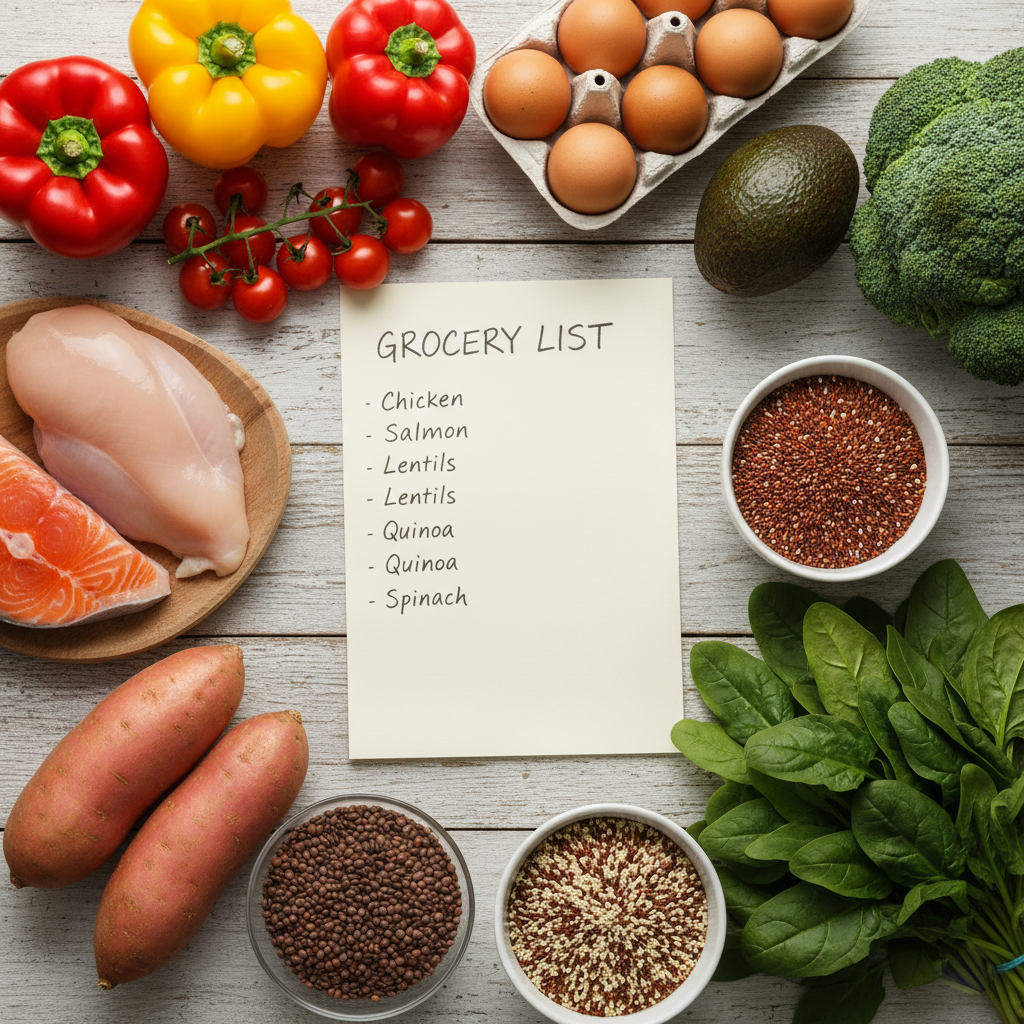
🔹 Step 3: Grocery Shopping for Meal Prep
Your shopping list should match your weekly menu. A solid starter list looks like this:
Proteins: chicken breast, salmon, eggs, lentils, tofu, tuna
Carbs: quinoa, brown rice, whole wheat pasta, oats, sweet potatoes
Veggies: spinach, broccoli, peppers, carrots, zucchini
Healthy fats: avocado, nuts, olive oil, peanut butter
Snacks: hummus, Greek yogurt, fresh fruit
👉 Always shop with your planned meals in mind to avoid wasting food.
🔹 Step 4: The Right Containers Make a Difference
Good containers are a meal prep essential. Look for:

- Glass or BPA-free plastic
- Freezer- and microwave-safe
- Different sizes (single servings + larger family portions)
Clear containers are best — seeing your food prepped and ready is a great motivator.
🔹 Step 5: Cooking & Portioning
Cooking doesn’t have to take all day if you multi-task:
- Roast veggies in the oven while rice cooks on the stove.
- Bake or grill proteins at the same time.
- Prep salads or snacks while everything else is cooking.
For balanced meals, try this rule of thumb:
➡️ ½ veggies, ¼ protein, ¼ carbs.
🔹 Sample 5-Day Beginner Meal Prep Schedule

Here’s a simple plan you can copy:
Breakfast (prep on Sunday):
- Overnight oats with chia seeds + fruit (5 jars)
- Egg muffins with spinach + turkey (10 muffins)
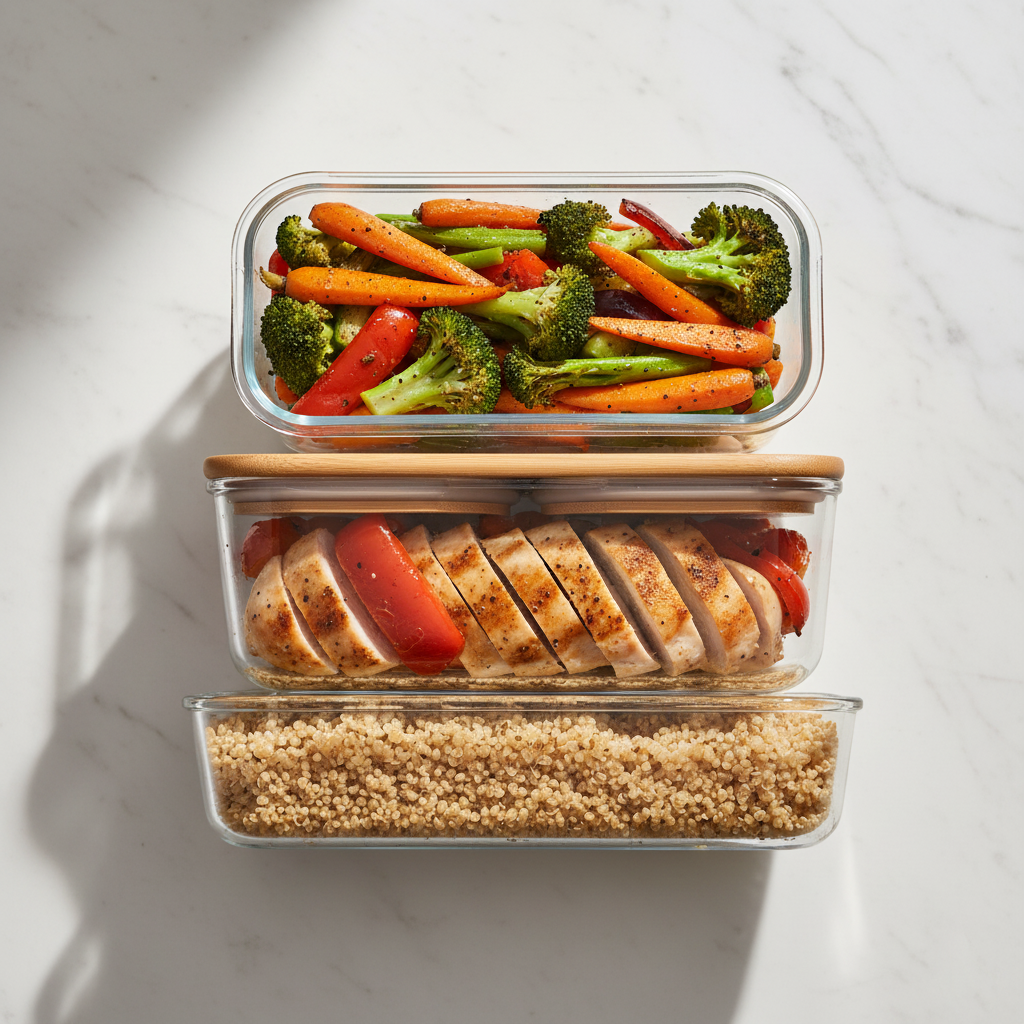
Lunch (mix & match):
- Grilled chicken + quinoa + broccoli
- Salmon + sweet potato + green beans
- Lentil curry + brown rice
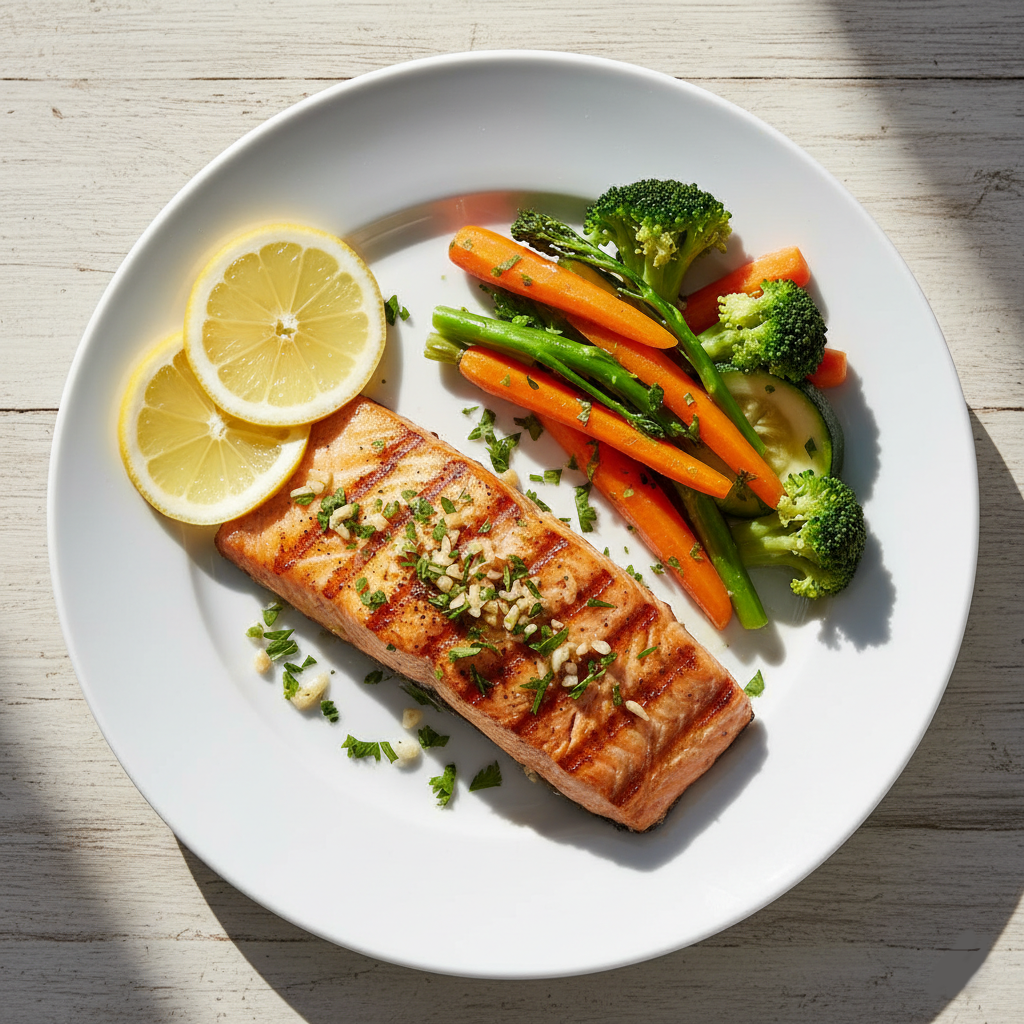
Dinner (easy reheat):
- Turkey chili with beans
- Tofu stir-fry with veggies
- Shrimp with zucchini noodles

Snacks (grab-and-go):
- Carrot sticks + hummus
- Greek yogurt + berries
- Almond packs
💡 Total prep time: 2–3 hours on Sunday → meals for 5 days.
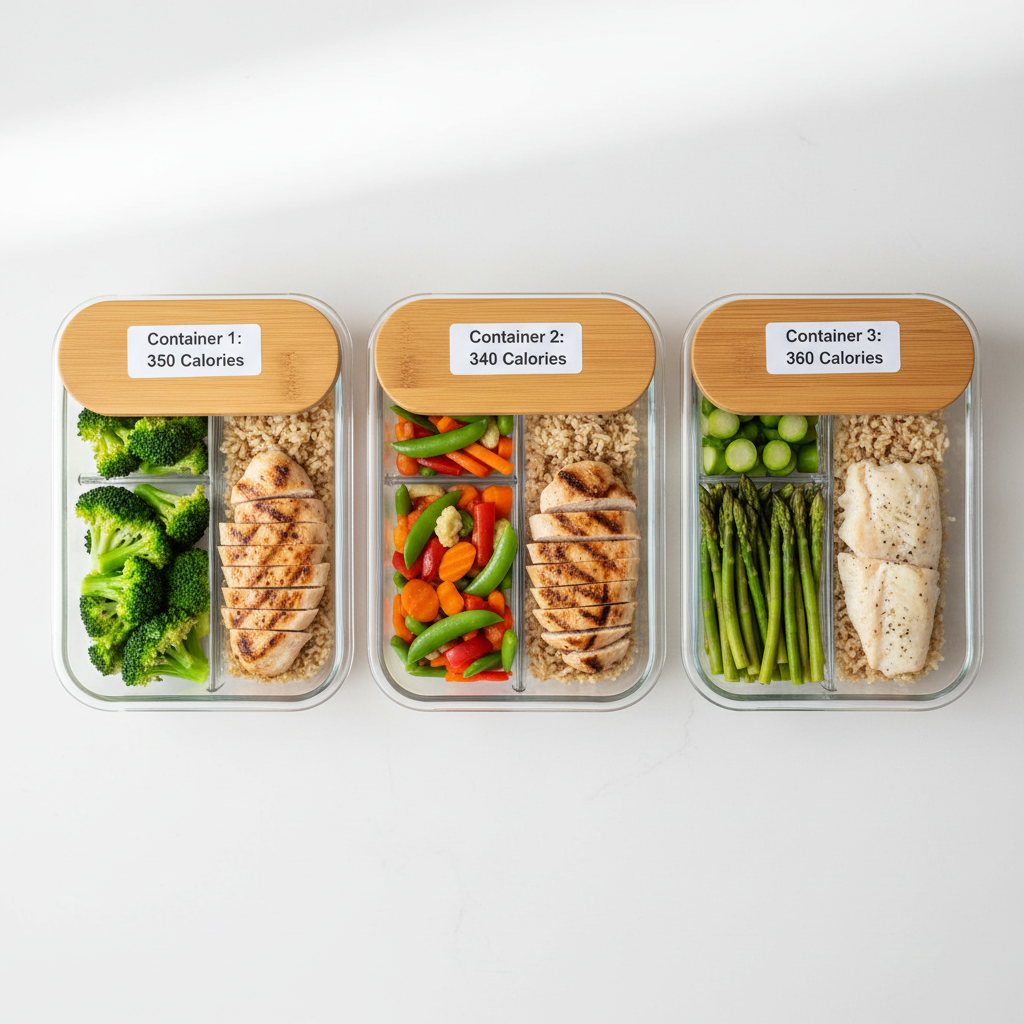
🔹 Storing Your Meal Prep
- Refrigerate meals for up to 4 days.
- Freeze soups, curries, and cooked proteins for 2–3 weeks.
- Keep sauces/dressings separate to avoid soggy meals.
- Label containers with dates so nothing goes to waste.
🔹 Meal Prep for Weight Loss
If weight loss is your goal, meal prep makes it much easier:

- Stick to lean proteins (chicken, fish, beans).
- Use smaller containers to help with portion control.
- Go easy on high-calorie sauces and oils.
- Bulk up meals with low-calorie veggies like zucchini, cucumber, or leafy greens.
🔹 Common Beginner Mistakes (and How to Avoid Them)
❌ Prepping too many recipes → Start small with 2–3 dishes.
❌ Forgetting snacks → Pre-pack healthy snacks so you don’t grab junk food.
❌ Skipping seasoning → Healthy food can still taste amazing — use herbs and spices.
❌ Using bad containers → Invest once in good containers and save food long-term.
🥗 Final Thoughts
Meal prepping isn’t about being perfect — it’s about building a routine that works for you. Start small, stay consistent, and soon it’ll feel like second nature. With just a couple of hours each week, you’ll save time, cut costs, and enjoy stress-free, nutritious meals every day.
👉 Whether your goal is weight loss, fitness, or simply eating better, meal prep will keep you on track.
So grab your containers, make that grocery list, and give this beginner-friendly schedule a try — your future self will thank you!
Frequently Asked Questions (FAQ)
1. What is the best way to start healthy meal prepping?
Start small — plan 2–3 simple recipes you love, prepare your ingredients in batches, and store meals in labeled containers. Consistency is more important than perfection when starting out.
2. How many days in advance should I meal prep?
Most people meal prep for 3–5 days at a time. Keep meals refrigerated and reheat them safely before eating. For longer storage, freeze meals and thaw overnight before reheating.
3. What foods are best for meal prep beginners?
Choose foods that stay fresh and taste great reheated — like grilled chicken, brown rice, quinoa, roasted vegetables, and lentil soups. Avoid foods that get soggy quickly, such as salads with dressing.
4. Can meal prepping help with weight loss?
Yes. Prepping healthy meals in advance helps control portion sizes, reduces impulsive snacking, and ensures balanced nutrition — key factors for steady, sustainable weight loss.
5. What containers are best for meal prep?
Use BPA-free plastic or glass containers with airtight lids. Glass is more durable and doesn’t absorb odors, while plastic is lighter for on-the-go meals.
6. How do I keep meal prep from getting boring?
Switch up your proteins, sauces, and grains each week. Try theme days (e.g., “Mediterranean Monday,” “Mexican Tuesday”) to keep meals exciting and full of variety.
#HealthyMealPrep #MealPrepForBeginners #CleanEating #HealthyEating #MealPrepIdeas #MealPrepForWeightLoss #WeeklyMealPrep #HealthyLifestyle #EatClean #NutritionTips #HealthyFood #BalancedMeals #EasyMealPrep #FitnessMeals #MealPlanning
